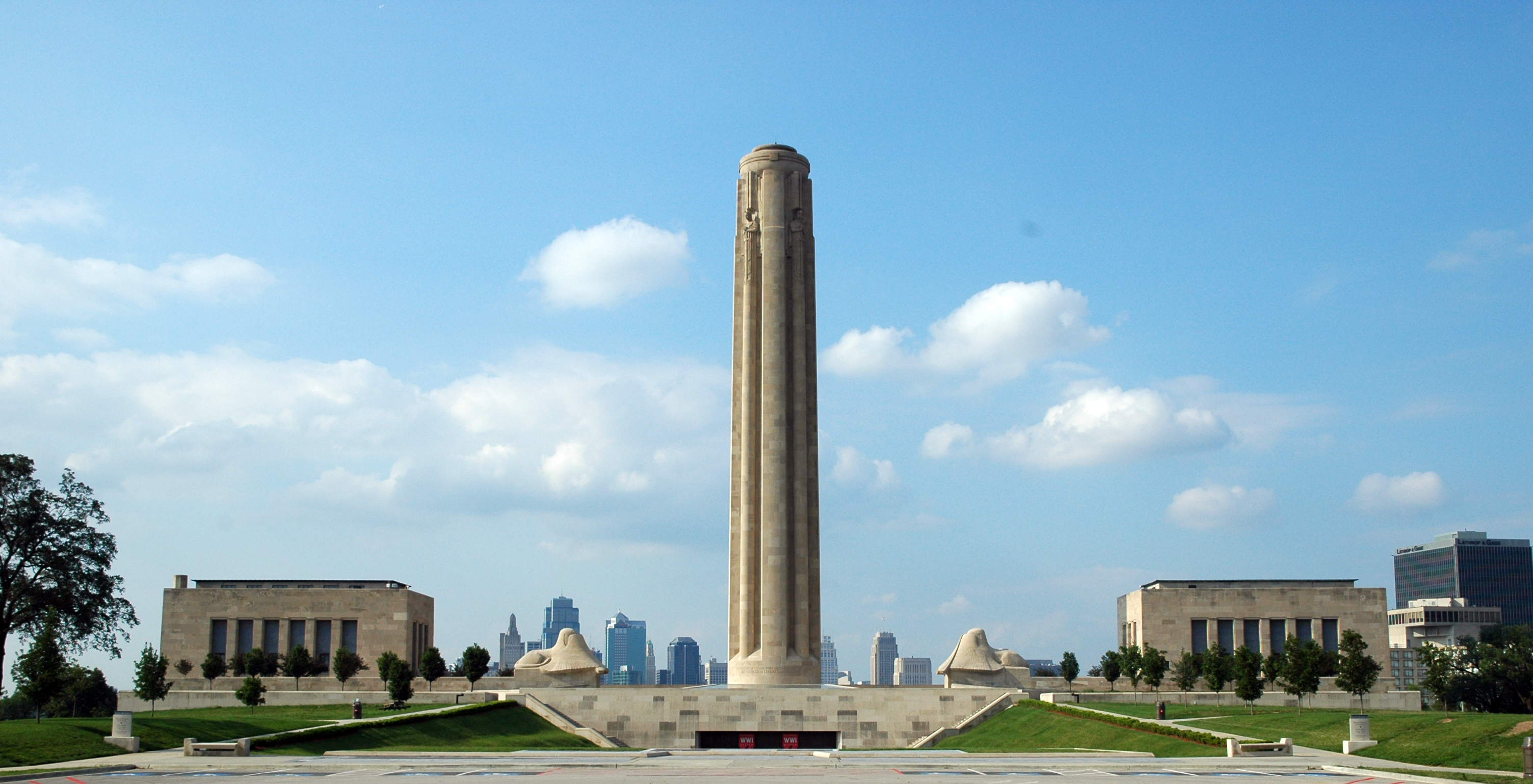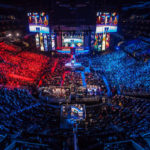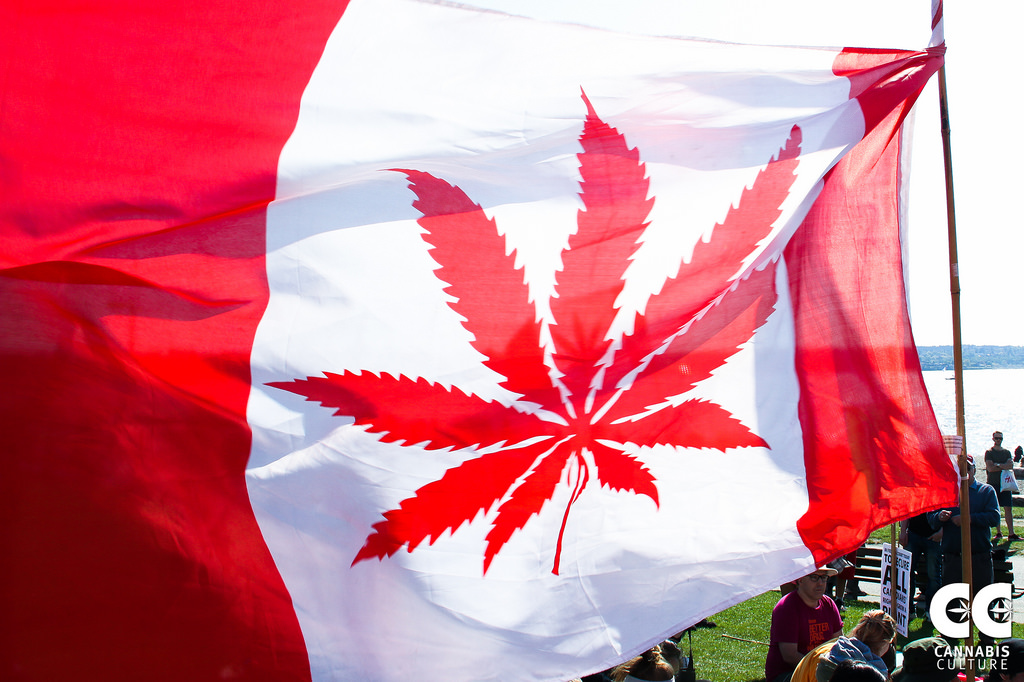The name Kansas City is in fact, a misnomer. While there is a Kansas City, Kansas, the larger KC, home to skyscrapers and professional sports teams, is actually across the river in the state of Missouri. In this case, though, lines on a map aren’t important. The metropolitan area covers parts of both states, and all of us proudly call ourselves Kansas Citians. We all pall around the Country Club Plaza, America’s first suburban shopping center, gorge on its world-famous barbeque, and boast wardrobes that have probably a little too many articles of clothing with the letters ‘KC’ stitched prominently on the front.
Located near the geographic center of the United States, Kansas City is one of America’s original crossroads. It is now, just as it was then, the last metropolis outpost before the vast prairies that stretch across America’s heartland to the Rocky Mountains and the cities of the West.
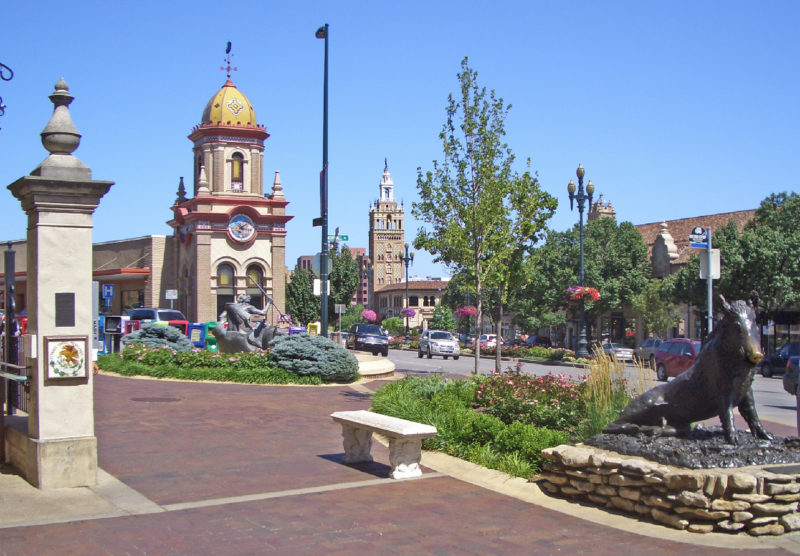
Country Club Plaza
While the city featured prominently in the American cultural landscape of the early-mid 20th century during the heydays of the Roaring 20s, jazz, bank robbers of the Great Depression, and organized crime, its place has grown smaller as other cities have grown larger and more diverse. Kansas City now is mostly known for its mid-size city convenience and affordability.

Some, but not all of the author’s KC items he has abroad
With that said, this November, the spotlight will shine there once again. This time on perhaps on its most prominent landmark, the Liberty Memorial, the United States’ only official memorial dedicated exclusively to World War I.
The Great War, as it was known at the time, was a result of tensions that had been mounting in Europe for almost half a century as the imperial powers jostled for strategic positions at home and prestige abroad. Although the fighting officially began in 1914 in Europe, America didn’t join until April 1917. It sent hundreds of thousands of American ‘doughboys’ across the Atlantic to turn the tide in the Allied Powers’ favor and help bring an end to the brutal fighting a year and a half later. The armistice ending the war was signed on November 11, 1918 – on the eleventh hour of the eleventh day of the eleventh month. The Great War claimed the lives of nine million people.
Shortly after the armistice, Kansas City civic leaders quickly got to work raising money to construct a memorial dedicated to the men and women of the city who served in the war. Residents enthusiastically gathered $2.5 million —about $32 million in today’s dollars — in just ten days, and the project was underway. The dedication ceremony took place in 1921 and an estimated 100,000 spectators came to see the festivities. The military leaders of the five victorious Allied nations were also present, the first and only time they would ever gather together at the same place. The local war veteran who presented flags to the five generals was a man named Harry Truman, who later served as President of the United States from 1945-1952. It is only fitting that America’s lone president who saw combat in WWI was a Kansas City native. The structure was completed in 1926, and President Calvin Coolidge gave the keynote speech in front of even more onlookers than before.
The Liberty Memorial is a sight to behold both inside and out. Constructed on a hill south of downtown, the 217 foot (66 meters) tower stands like a sentinel over the city. The exterior is adorned with statues and engravings, and two winged sphinxes sit imposingly on each side of the tower. The interior went underdeveloped for many decades until another civic effort took place in the 1990s. In 2004, US Congress gave it the title of official WWI museum, and the state-of-the art facility opened to the public in 2006. In 2014, President Obama signed legislation designating it as the national WWI Memorial.
In the museum, the memories of the Great War are alive. The thousands of visitors yearly from around the world enter by crossing a glass bridge over a field of 9,000 poppy flowers, the internationally recognized symbol of the war. Each flower represents 1,000 casualties. In Memorial Hall, patrons are greeted by the Pantheon de la Guerre. At forty-five feet tall and 402 feet in diameter, the monstrous panorama mural depicts hundreds of prominent global figures from the war era. The main gallery displays a vast array of memorabilia, artifacts, and all the modern museum amenities technology has to offer.
As the first major conflict after the Industrial Revolution, WWI effectively became the first mechanized war. The proliferation of new instruments of death such as machine guns, tanks, bombers, and other artillery turned the bucolic European landscape into bloody killing fields.
Visitors can see this evolution of warfare with a replica crater of a French farmhouse that was decimated by a howitzer shell. They can also walk through a synthetic replica of a trench, the hellish mud pits where soldiers of both sides spent weeks while they battled for inches. The romantic cavalry charges of yesteryear were neutralized by machine guns, making the area dividing the opposing trenches a “no man’s land.”

(L): Replica of a trench (R): Paul Sunderland Bridge, which crosses over 9,000 poppy flowers
Along with medal-adorned military uniforms and audio of speeches from the politicians, the museum captures the human aspect with photographs and letters from soldiers and their families. Interactive exhibits and video reels give patrons a view of battlefields and the home front. There are also online exhibitions through a partnership with Google Arts and Culture. Some of these include the plights of African Americans who served at home and in Europe, the evolution of the war, and history of the museum, among others.

(L): Memory Hall, which houses Pantheon de la Guerre (R): The Great Frieze, on the north wall
The renovation also included the addition of the Edward Jones Research Center, which boasts one of the world’s largest collections of WWI-related material and is available to anyone who wishes to learn more about the conflict.
The Liberty Memorial is more than the national keeper of the WWI flame, it is emblematic of Kansas City itself. As a literal pillar of the community, the Liberty Memorial is a symbol of the city’s past and an important piece of its future.
Just as the museum went through a period of neglect before Kansas Citians took the initiative to restore it, KC is currently going through its own urban revival. Downtown is breathing life again, and like the monument, the city that was built long ago is modernizing without shedding its original form. Besides the microbreweries, cafes, and lofts that define 21st century urban America, Kansas City hasn’t sacrificed its convenience. One can take the free streetcar from the riverfront on the northside southbound to Union Station, in front of the Liberty Memorial. There, the spacious lawn is the defacto meeting place where Kansas Citians have celebrated together over the past century. Besides the gatherings for the memorial’s dedication and opening, they came together again to celebrate the hometown Royals after they won the Major League World Series in 2015. Far from a relic, the Liberty Memorial is a key part of the city’s revived arts and culture scene, as it plays host to concerts, festivals, and other events.
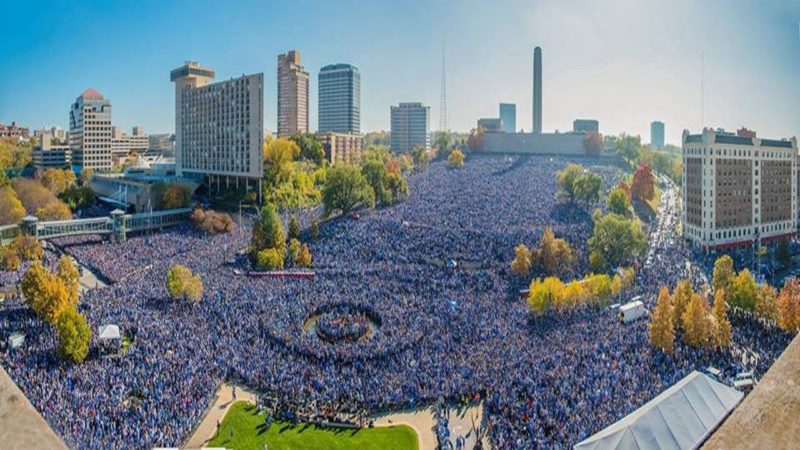
Hundreds of thousands gathered in front of the Liberty Memorial to celebrate the Kansas City Royals victory in 2015
The next major one is the weekend of November 11, the centennial anniversary of the armistice. From November 2-11, the tower will be lit with a 55 million pixel projection of poppy flowers from 6 pm-1 am, and twice an hour, projectors will play videos relating to the war. The museum will also host craft activities and make some artifacts available to handle. It’s also creating Research Stations, giving the public access to ancestry databases so visitors can search for personal connections to World War I. On Armistice Day itself, the bell that was rung every day in downtown Kansas City during the war will ring once again at 11 am. This will be accompanied by a global commemoration, where representatives from ten nations will read letters and poems written by soldiers. There will also be musical performances, and the museum will dedicate new bricks to the Walk of Honor, which commemorates veterans not only of WWI, but of all who serve. All events are open to the public.
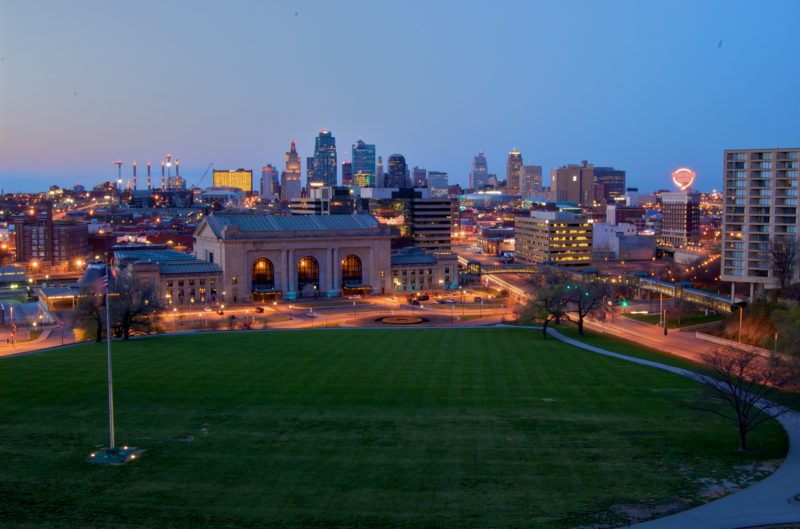
Downtown KC as seen from the north lawn of the Liberty Memorial
Besides serving as a towering symbol of local pride, the Liberty Memorial is a living connection between present day and a time when the city played a larger role in the American, and in a way, international lexicon. For nearly one hundred years and counting, it has honored the past while serving the present and preparing for the future. This sentiment is captured on the Great Frieze, a masterpiece sculpted by WWI veteran Edmond Amateis and dedicated in 1935. Located on the north wall, the accompanying inscription reads:
“These have dared bear the torches of sacrifice and service. Their bodies return to dust, but their work liveth for evermore. Let us strive on to do all which may achieve and cherish a just and lasting peace among ourselves and with all nations.”
The sacrifice and service of the men and women of the Great War are remembered in Kansas City.
I would like to extend a special thanks to the National WWI Museum and Memorial and Edward Jones Research Center for their kind assistance and permission to use images from the museum.
- Kansas City: World War I’s Final Resting Place in America - November 9, 2018
- Moon Jae-in’s Elusive Peace - September 7, 2018
- Japan’s Diplomatic Vanishing Act - June 8, 2018

